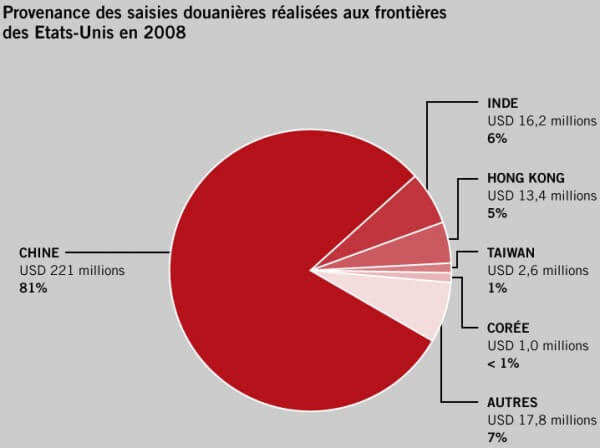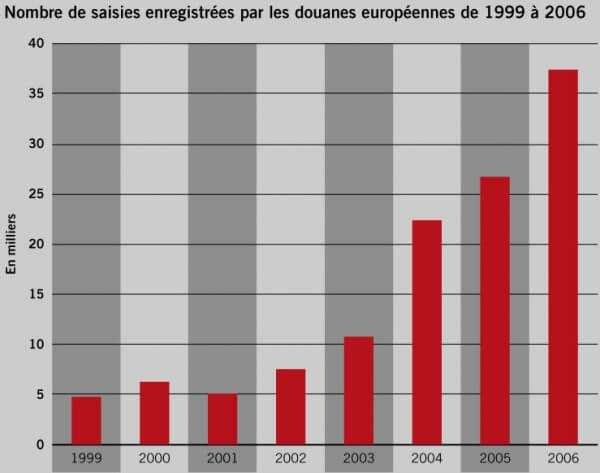In An Inconvenient Truth, his documentary film about global warming, the former United States Vice President Al Gore confesses a sense of despondency: “I have been trying to get a message across for a long time and feel like I have failed.” For Marc Frisanco, intellectual property advisor for Richemont, the world’s second-largest luxury group, the feeling is much the same, as he recently explained before an audience in Hong Kong: “I have spent twenty years of my career fighting counterfeiting and I have just about come to an identical conclusion.” His experience had led him to draw some well-founded parallels between these two phenomena.

A global menace
Climate change is a global threat whose effects – such as the growing numbers of floods and hurricanes whose devastation forces mass exodus – can already be felt. Like global warming, counterfeiting is another crisis with far-reaching consequences. “China remains the main producer of counterfeit goods,” Marc Frisanco continued. “US Customs statistics for last year reveal that seizures of counterfeit goods from China increased 40% versus 2007 to US$ 221.7 million. This is equivalent to 81% of goods seized for intellectual property rights violation. Beyond China, other parts of the world, such as the so-called “triple border” area of Argentina, Paraguay and Brazil, or the United Arab Emirates, Dubai in particular, provide hubs from which counterfeit products flow freely into world markets. Not to mention the internet, which has been instrumental in the global expansion of counterfeit trade.”

Just as we have witnessed an almost exponential increase in CO2 emissions over recent years, trade in counterfeit goods has grown at an equally dramatic rate. Similarly, just as global warming has an impact on every living species, counterfeiting weighs heavily on virtually every economic sector, from leisure electronics to luxury goods, from pharmaceuticals to food and even components for the aeronautics industry. The vast majority of countries have ratified the Kyoto Protocol, so far with little or no positive impact on climate change; many countries, including China, are members of the World Trade Organization and signatories of the agreement on trade-related aspects of intellectual property rights (TRIPS) yet trade in counterfeit goods continues unabated. While there can be no doubting the good intentions behind these agreements, laws and treaties clearly lack the force needed to end this scourge. An estimated 98% of counterfeit goods continue to cross borders unchallenged.
See no evil, hear no evil
Marc Frisanco hammered home the message: “Warnings on global warming have been and continue to be ignored because they disrupt the immediate economic profitability of a great number of industries. In An Inconvenient Truth, Al Gore quotes Upton Sinclair, the American novelist and acute observer of American society, who says ‘It is difficult to get a man to understand something when his salary depends upon his not understanding it.’ Denial is indeed often the greatest obstacle to conveying an uncomfortable message. Again, the same is true in respect of counterfeiting. Cynics, such as David Tang, defend the business generated by counterfeiting, pointing out that the counterfeiting trade enables whole populations to work and earn a living, and that counterfeiting is trendy and stylish. Emerging fashion designers surf on the notion that counterfeiting is trendy and help convey the myth that counterfeiting is harmlessly subversive and victimless. Counterfeiters actively market their goods to reinforce this very same idea, claiming that counterfeiting is ultimately risk-free and a good deal. They even offer price comparison charts to help consumers make the best choice when purchasing a counterfeit product. And consumers are only too keen to be convinced that less expensive is still too expensive!”











